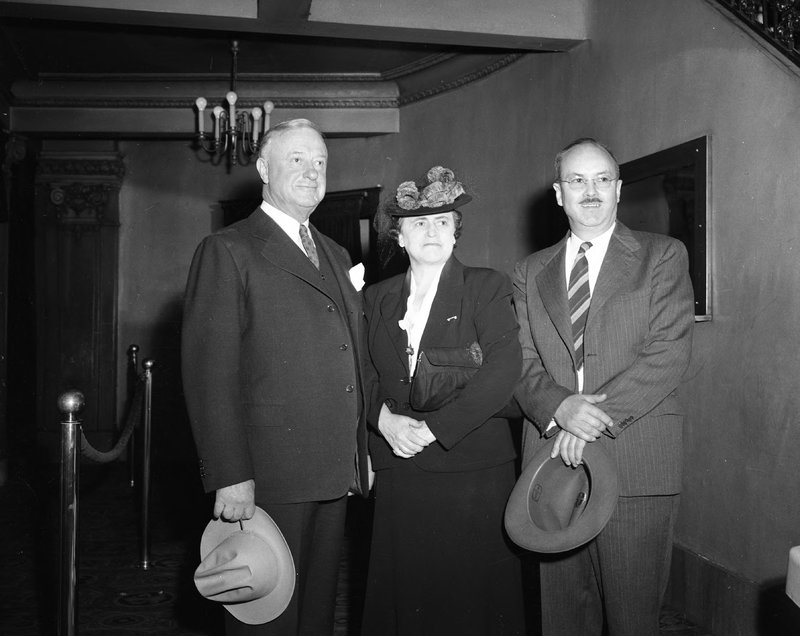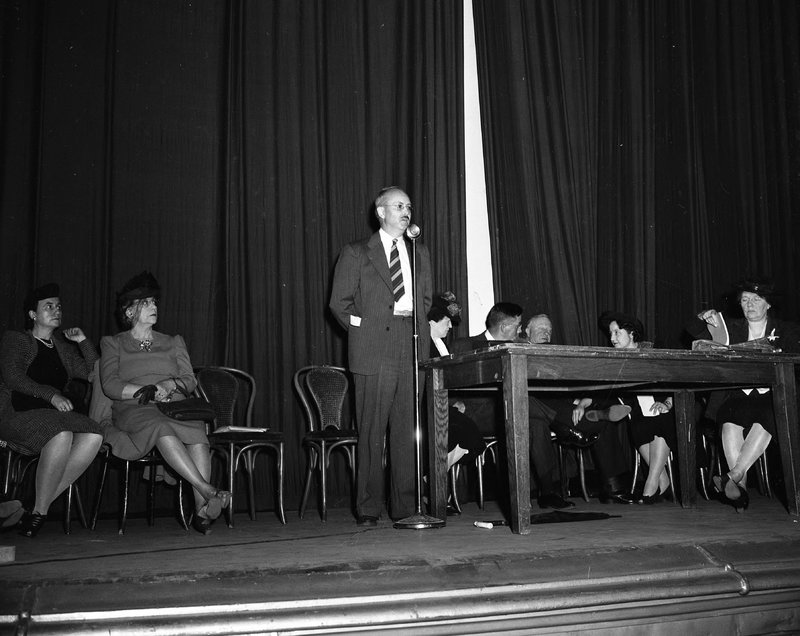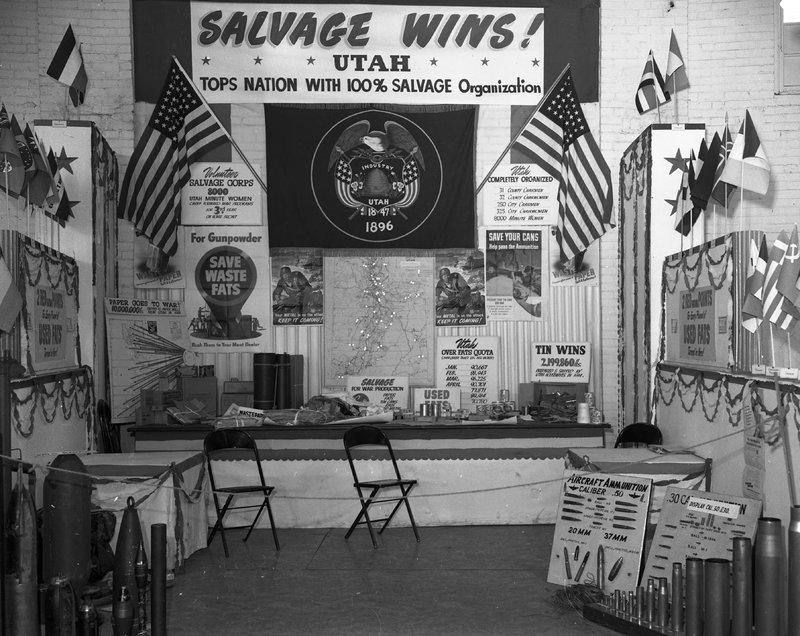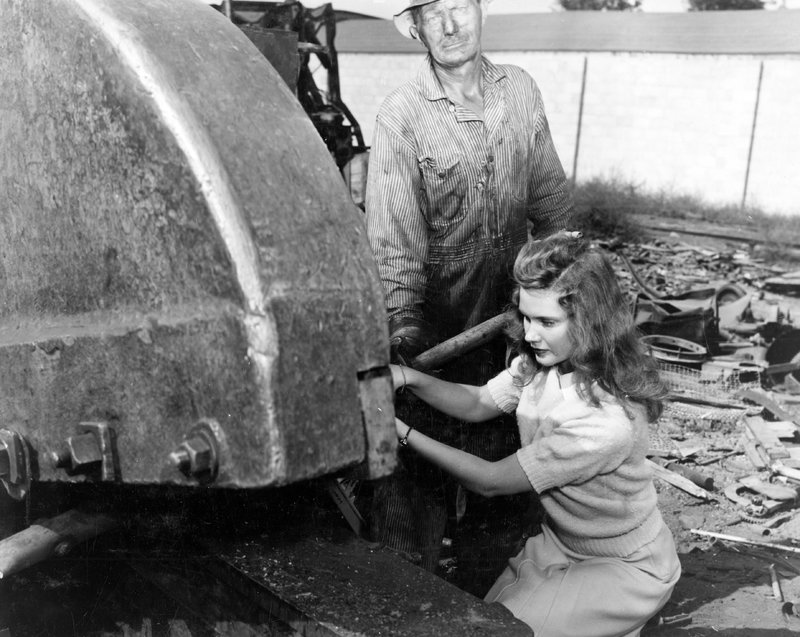The Utah Minute Women

From painting their legs instead of wearing nylons to collecting “household fats,” the Minute Women aided in the World War II effort in Utah by creatively promoting the salvage and rationing efforts.
In a world that had begun to globalize and where many resources were traded internationally, World War II wreaked havoc on market stability. Materials such as steel, rubber, nylon, and silk were suddenly made scarce across the United States in the early 1940s. Utah was no exception to the rapid decline of available materials, and the Minute Women were organized to aid in the salvage effort. Over the course of the War, they would help in educating Utah citizens about which materials were needed, collecting those materials, and distributing them to specific locations. They would provide support for the war effort without ever having to travel overseas.
The Minute Women were part of the Volunteer Salvage Corps, a division under the federal War Production Board. When first recruiting women, letters were sent from Washington, D.C. making it sound like a competition, asking, “Which state could organize first with a woman on every block?” Each Minute Woman would be in charge of educating her neighbors about new salvage initiatives. Her responsibilities were numerous, but passing along communication and supporting American troops through salvage was her primary purpose. The chairmen of the Salvage Division in Utah sent letters to potential members, saying that if they were unable to serve, they should pass the baton to someone else on their block. The Utah Minute Women’s Organization was serious about meeting the expectations of the federal government, and worked hard over the next few years to meet the harsh demands of the war.
The Minute Women, as well as women in the United States in general, were creative in their efforts to support the war. One of the first materials requiring rationing was silk (and later nylon) because military parachutes were made out of them. When they couldn’t purchase silk or nylon stockings, some women would paint their legs to make them look like they were wearing nylons. They would even take an eyebrow pencil and draw a “seam” on the back to make the effect more convincing. Another sought-after resource was fat and oil, which many would save from their kitchens (leftovers from cooking). In Utah, hunting has always been a common pastime, and they also set up stations where hunters could leave deer and elk fats. They collected tin cans at grocery stores and schools, coordinated paper drives, and recruited dry cleaners to clean donated clothing. They aided in countless other war programs, such as bond drives, surveys, footwear exchanges, bottle collections, and volunteer recruitment.
The Minute Women also worked closely with the Bushnell Military Hospital in Brigham City, UT. They collected and donated needed materials, and on one occasion, donated trees for beautifying the area. The hospital no longer stands, but at the time it employed and serviced thousands of Americans.
Utah’s Minute Women never saw combat, but they fought and gave everything they had for what they believed to be a noble cause. Their efforts supported a national effort that was pivotal in the US military’s success in World War II.
Images







